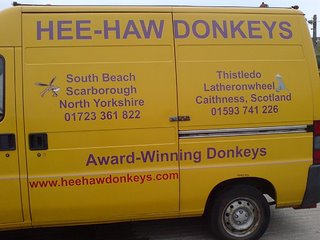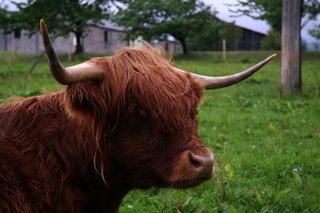SGI: Appendix
I've mentioned the food a few times in this post. But what I haven't yet explained is the dining experience. Is complicated, see. Never mind the sneaky multi-course menus; first you have to figure out what sort of establishment you're after. And where to sit. It's just not as straightforward as you might think.
Let's start with the easy ones: the bars, cafes and pasticcerie. You might not think that "bar" and "pastries" belong in the same category, but you'd be wrong; a lot of the pasticcerie actually double as bars. You can pop in for a quick snifter, or to grab a slice of something tasty, but what you can't do is sit down and enjoy a cake and coffee. (Pasticcerie very likely don't even serve coffee.) For that you need a cafe; but you do know that there's a tiered pricing system? The Italian way is to down your caffeine fix* standing at the bar, but of course you can enjoy it at a table if you prefer. For a price. Check the menu; you might see two or even three different prices — tavolo is the table price, terrazza is the most expensive: outside seating. And you'll be clearly marked as a tourist; but hey - they already know that from the Americano you're drinking.*
The whole consume-at-the-bar thing works well for dinner, too; it seems particularly popular in Venice. (Though Florence comes into its own for the traveller on a budget, since many of its bars seem to offer free snacks! A whole happy-hour** buffet! Hot and cold! And, like, really, really tasty! AND — here's the amazing bit — free wireless! God I love Florence.) Tapas-style snacks called cichette can be found at most bars, or at osterie. And here we come to the subtle and mysterious divisions among sitting-down eateries.
You might go for dinner at a pizzeria, a ristorante, a trattoria or an osteria (not counting the bars and cafes, of course). Pizzeria, that one's easy. Ristorante too. A notch down the formality scale is a trattoria; but what's the difference between that and an osteria? Not much; except that at an osteria you can also eat at the bar. I hope that's all clear. All that remains are wine bars (quite popular and usually serving meals) and gelaterie. Not that they require much explanation, but...
They understand the art of presentation, those Florentines.
_____
* "Coffee" to an Italian has to be espresso. Cappuccino is for breakfast only; regular coffee is for tourists, which is why they call it Americano. But you already knew that.
** Which is about 3 hours long.









